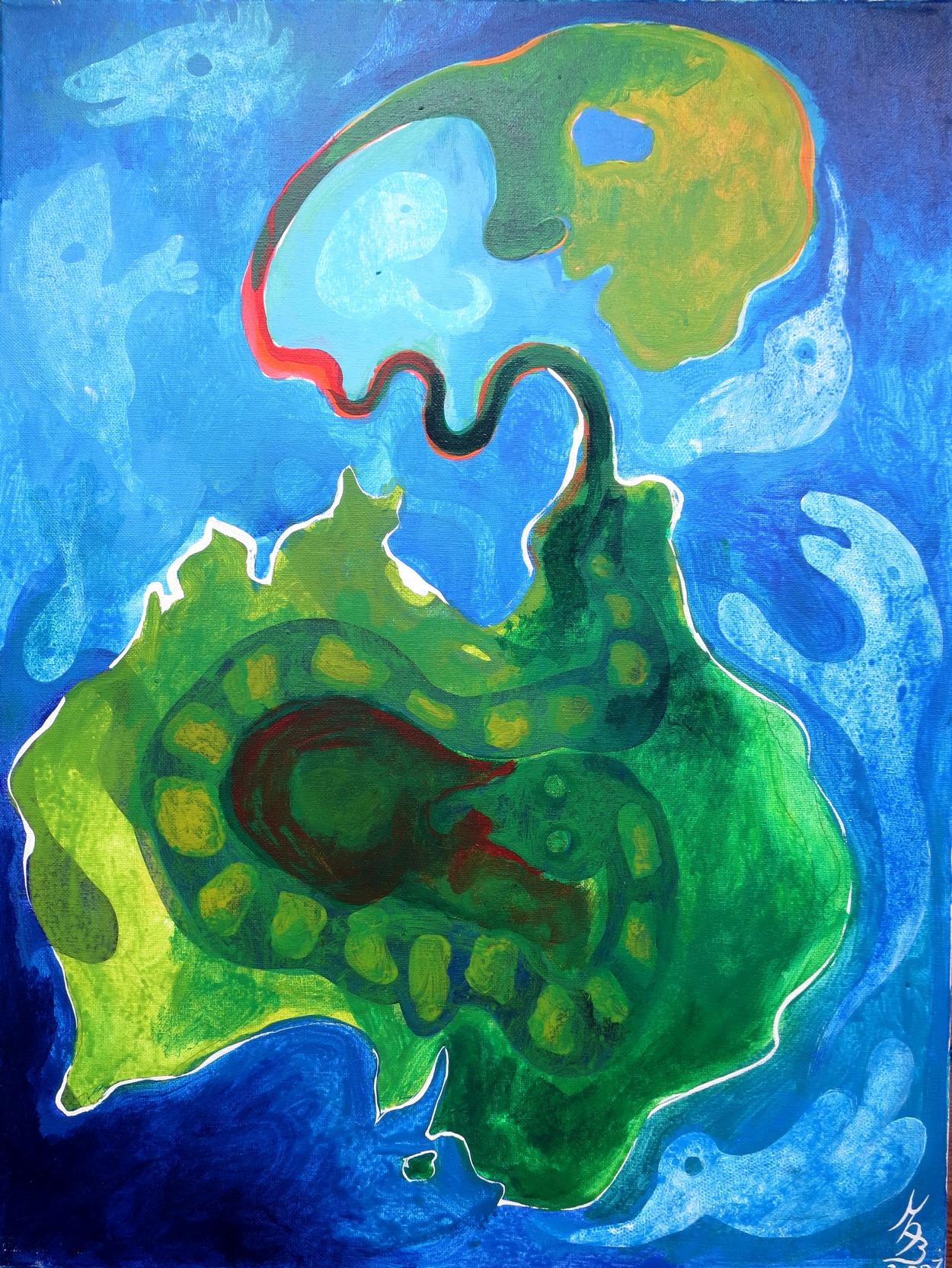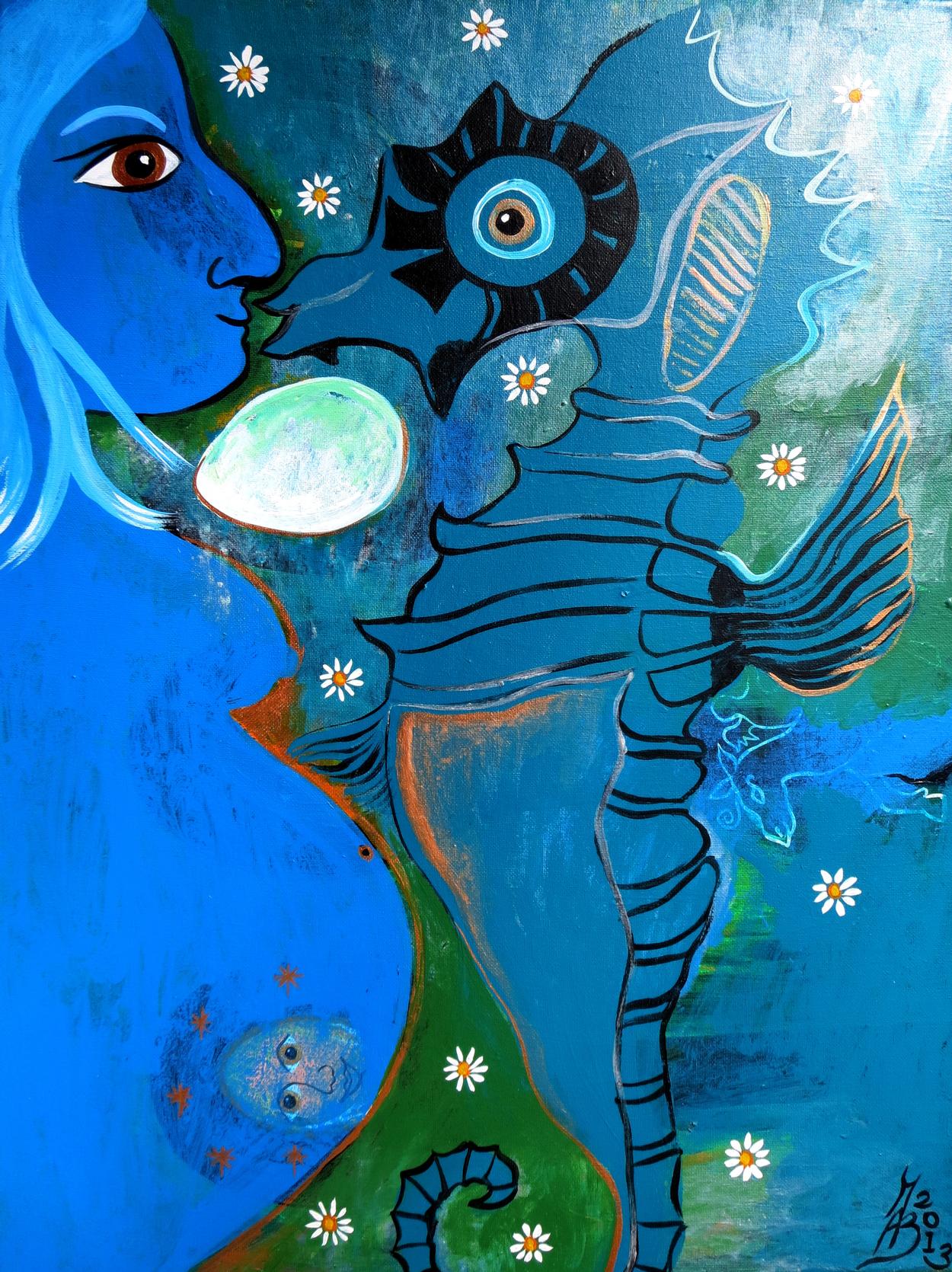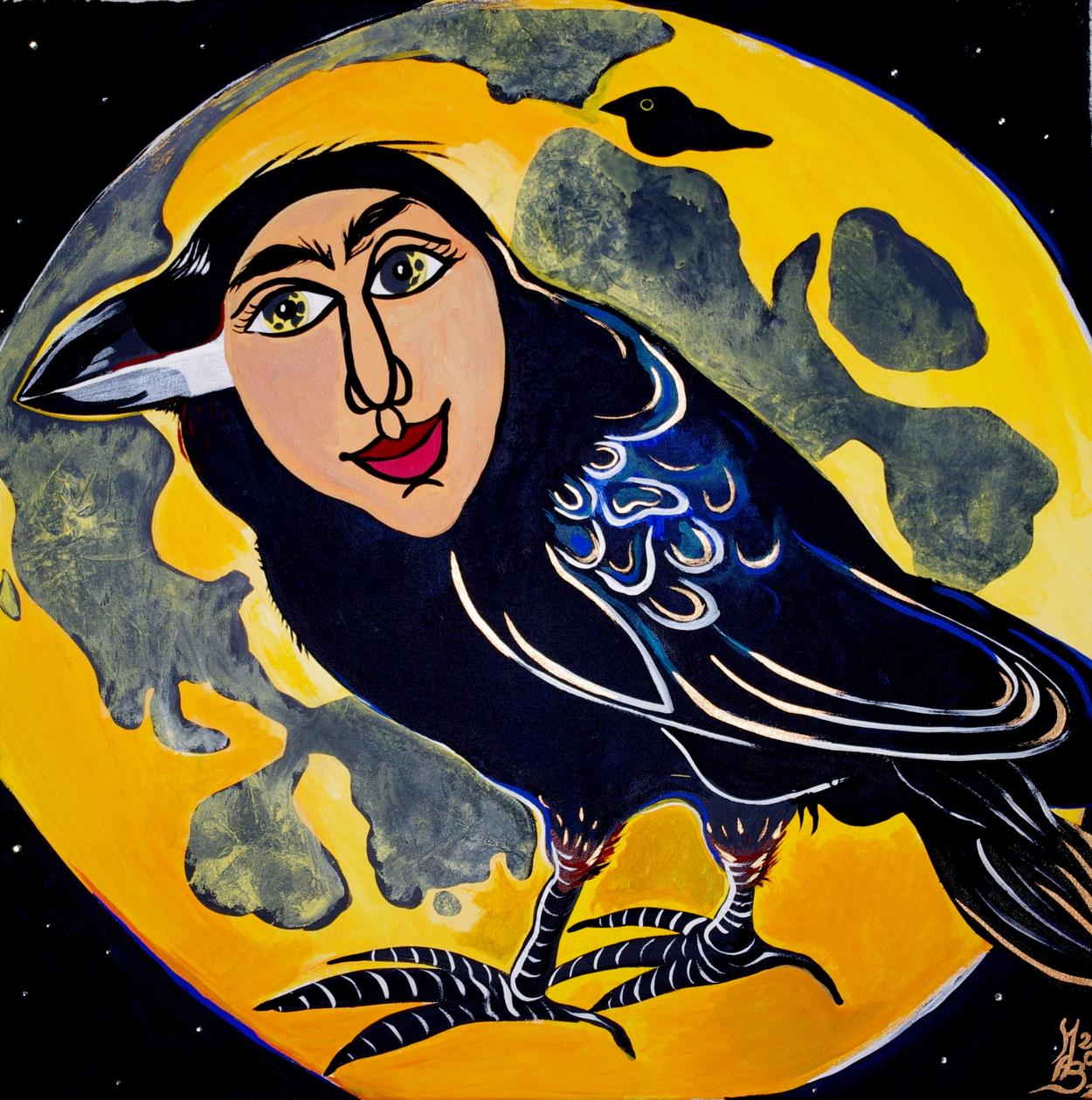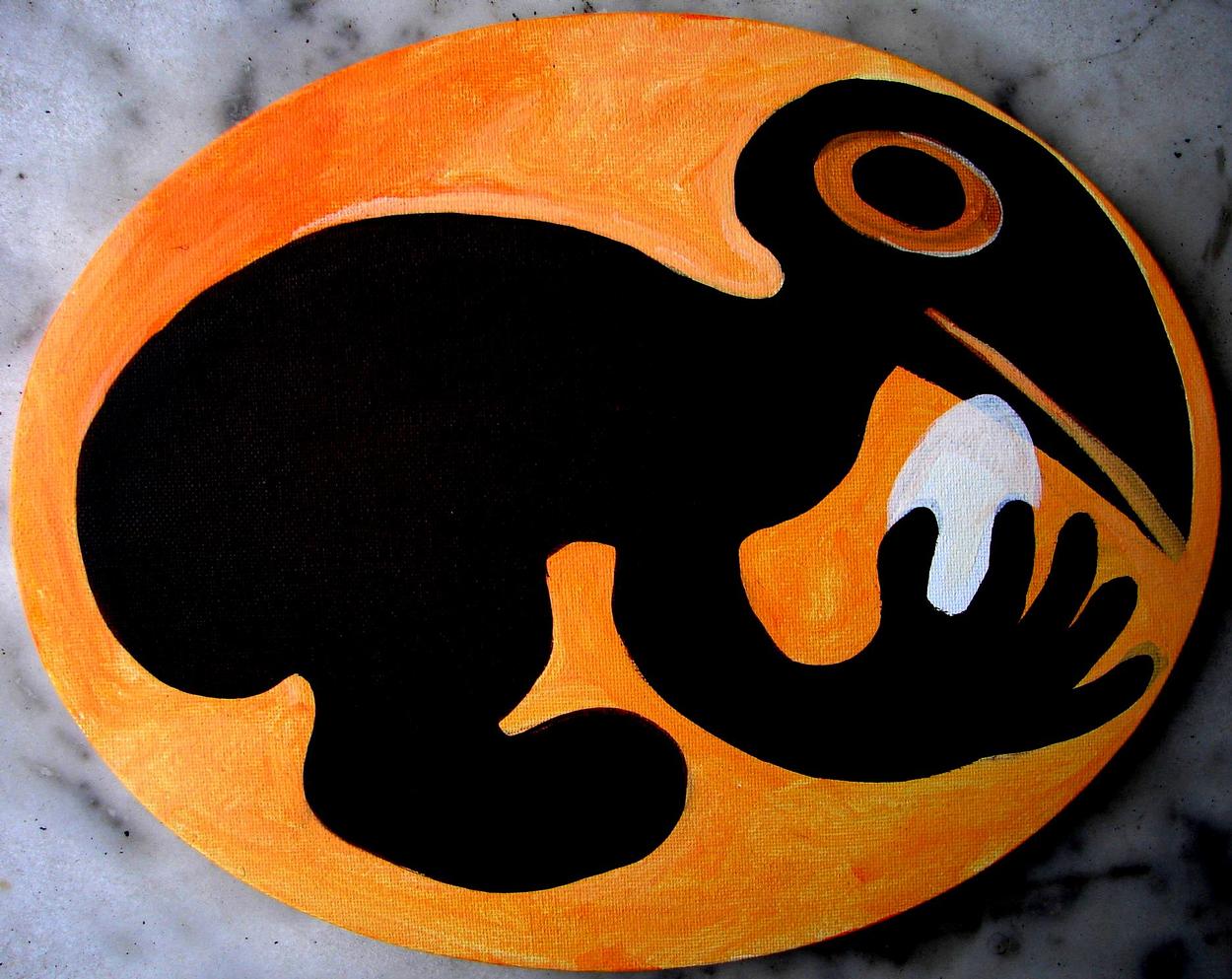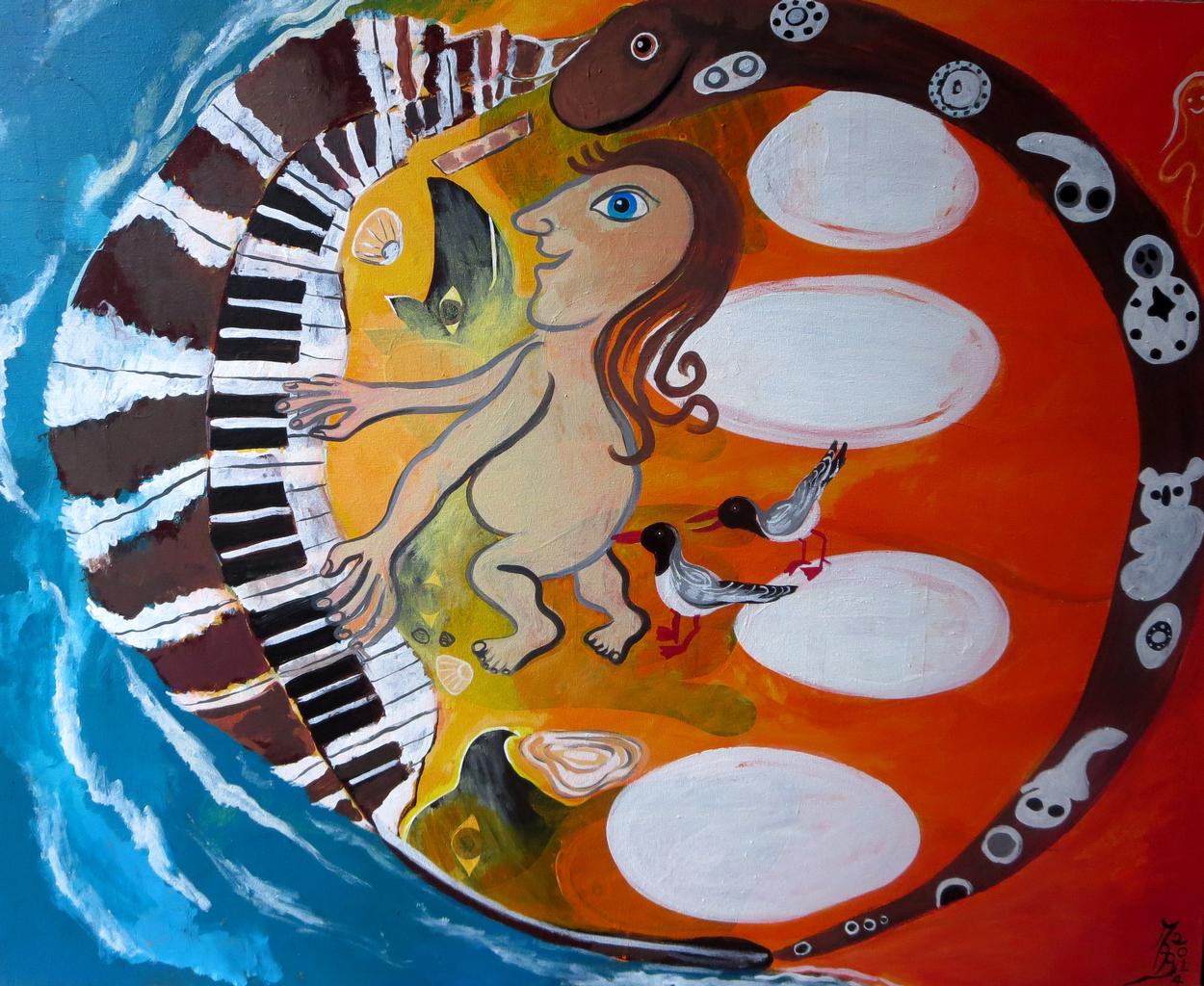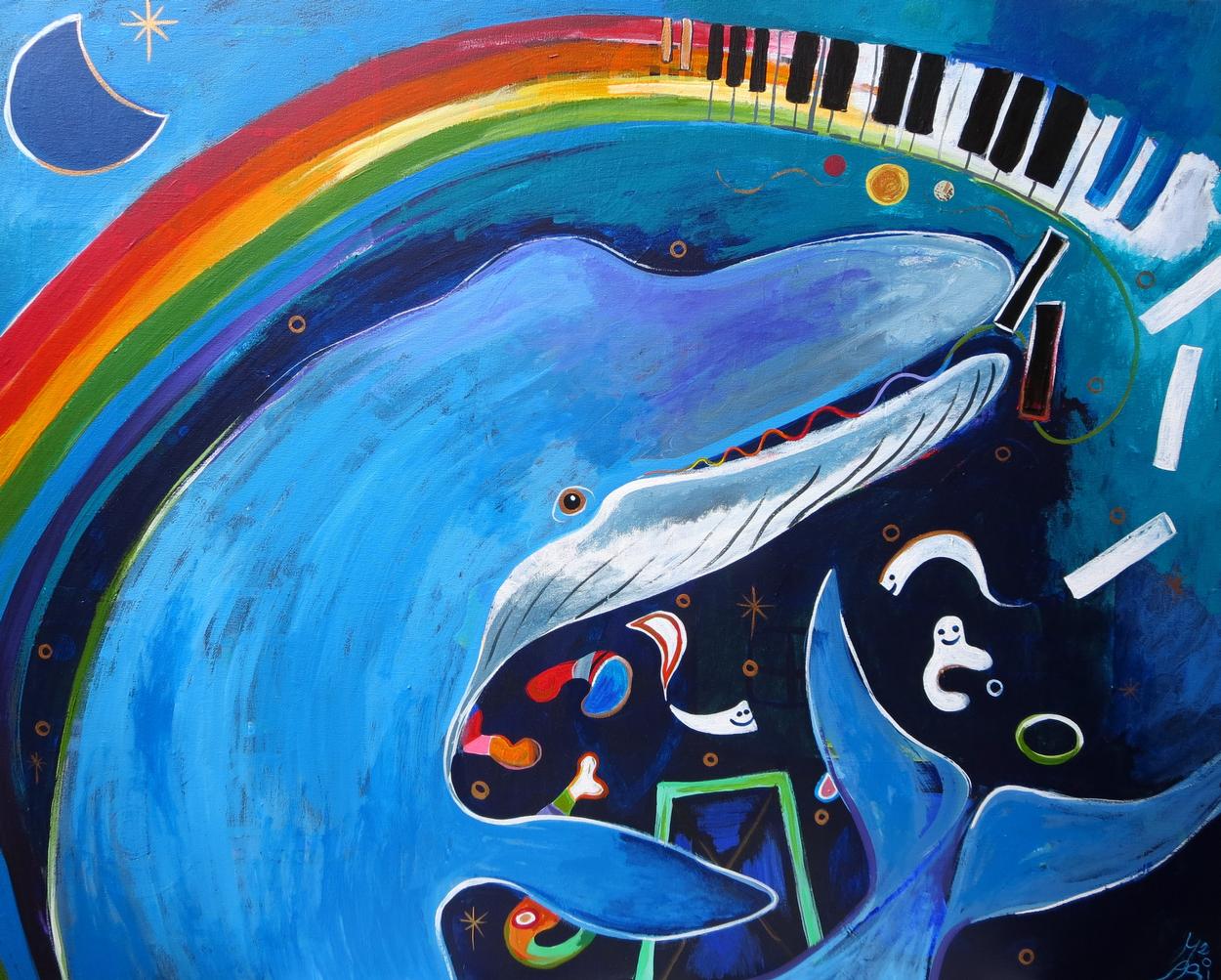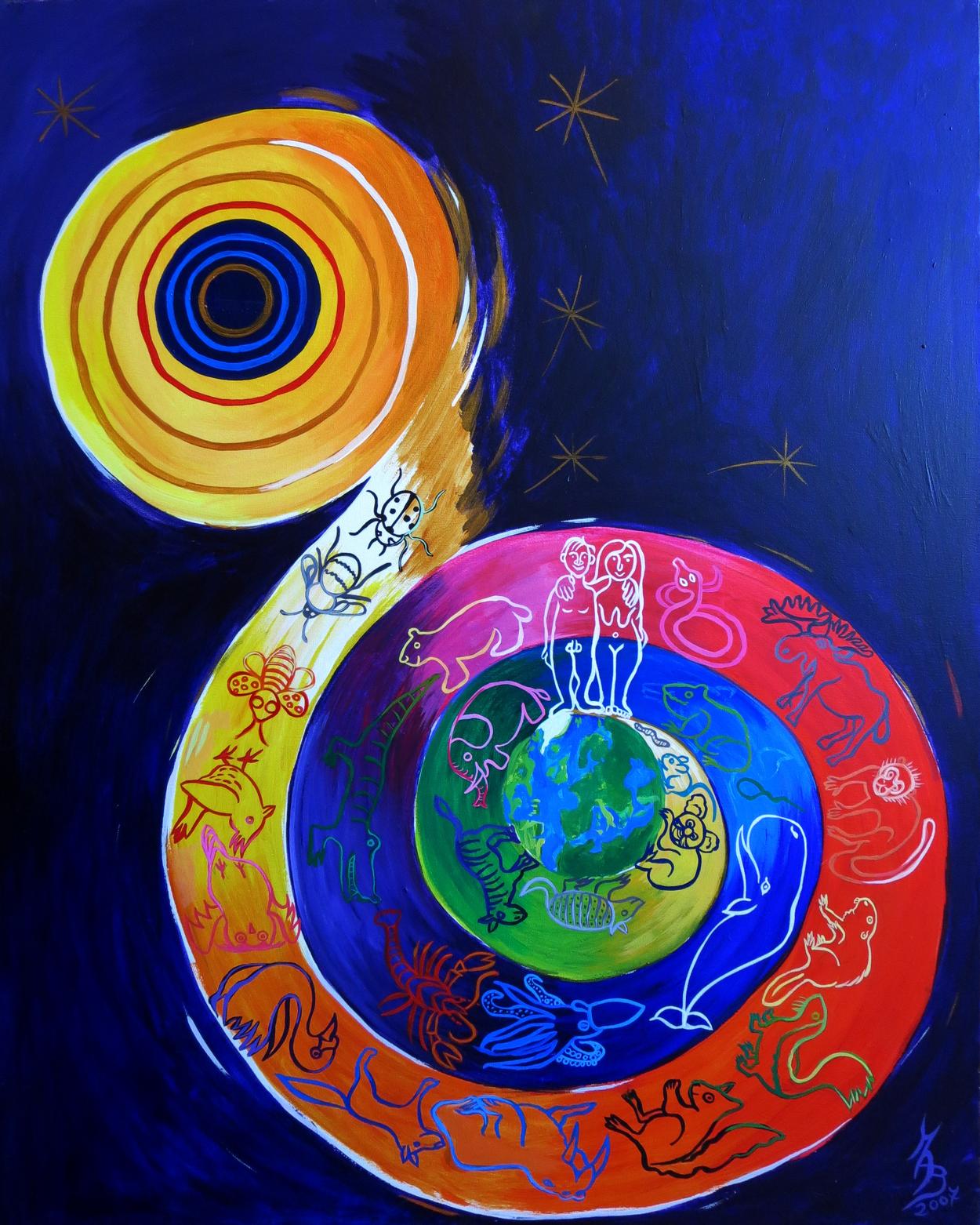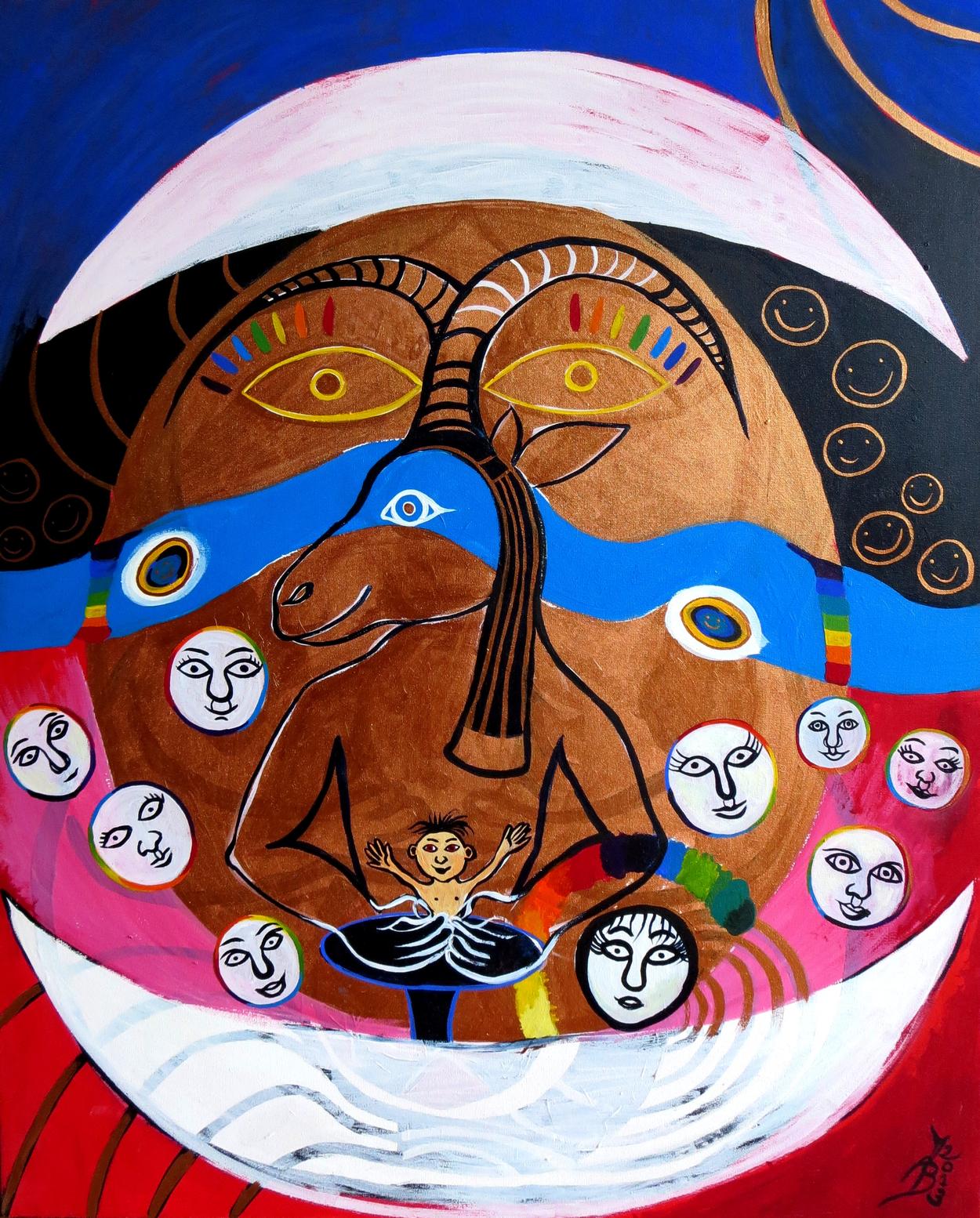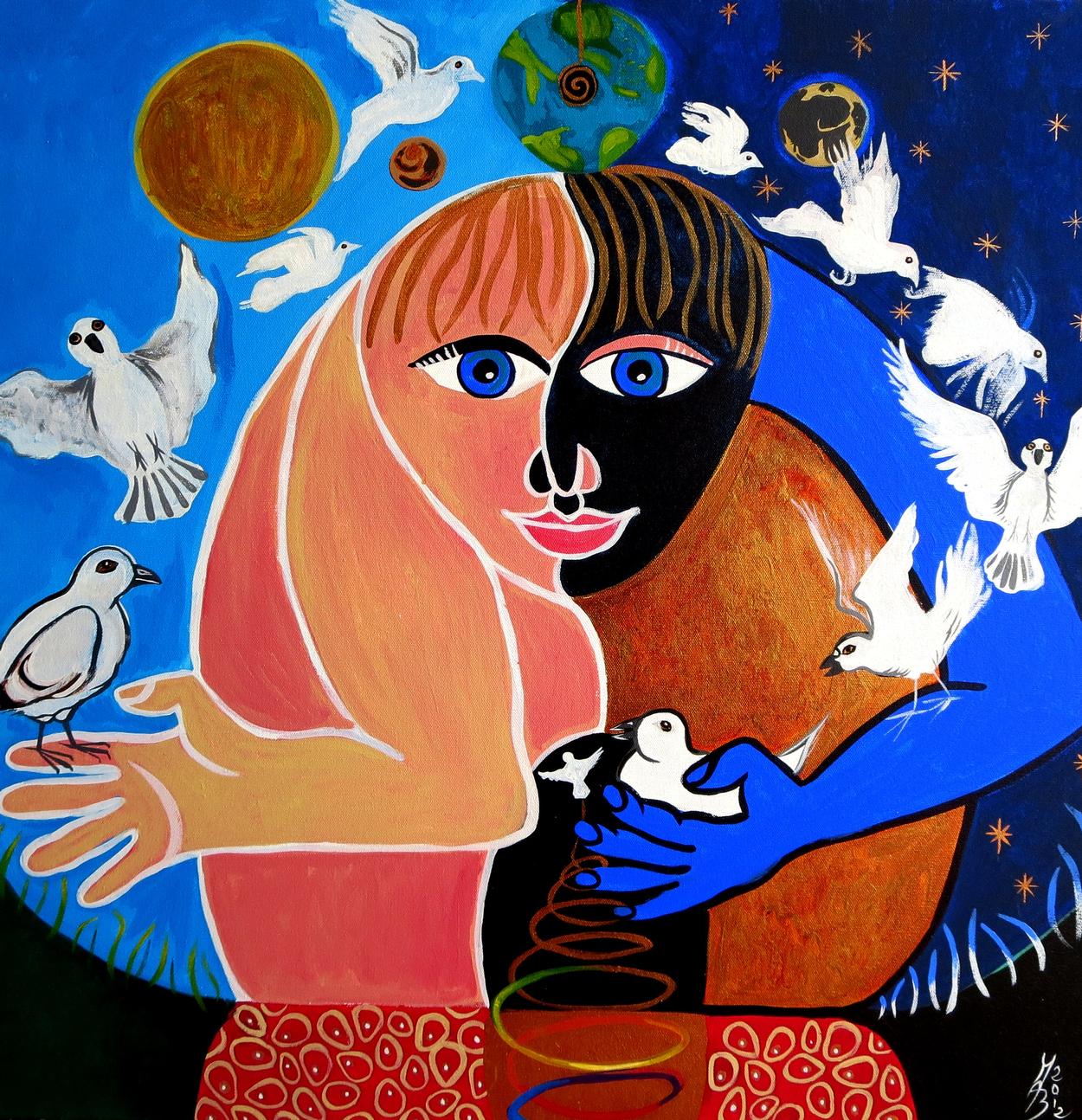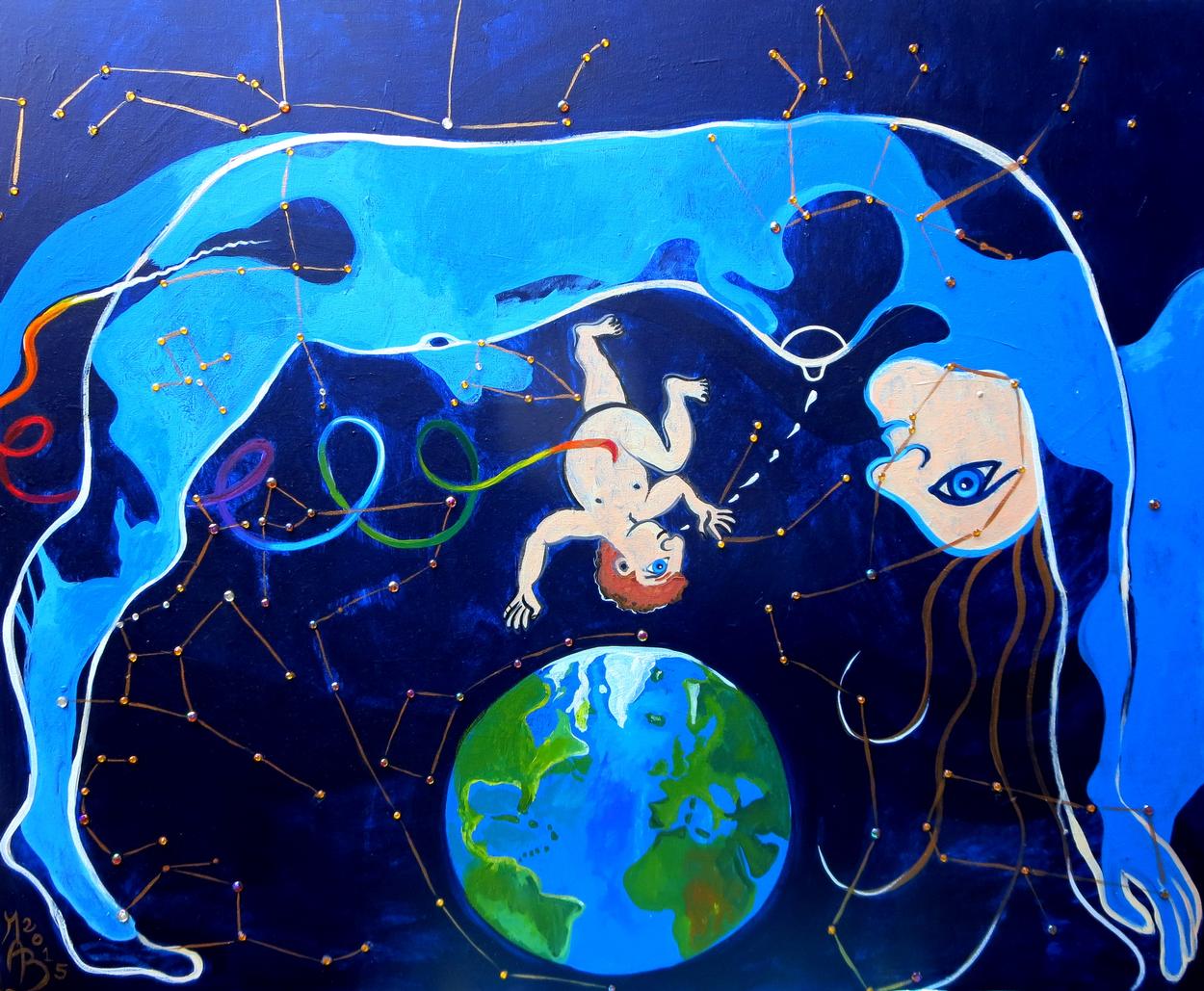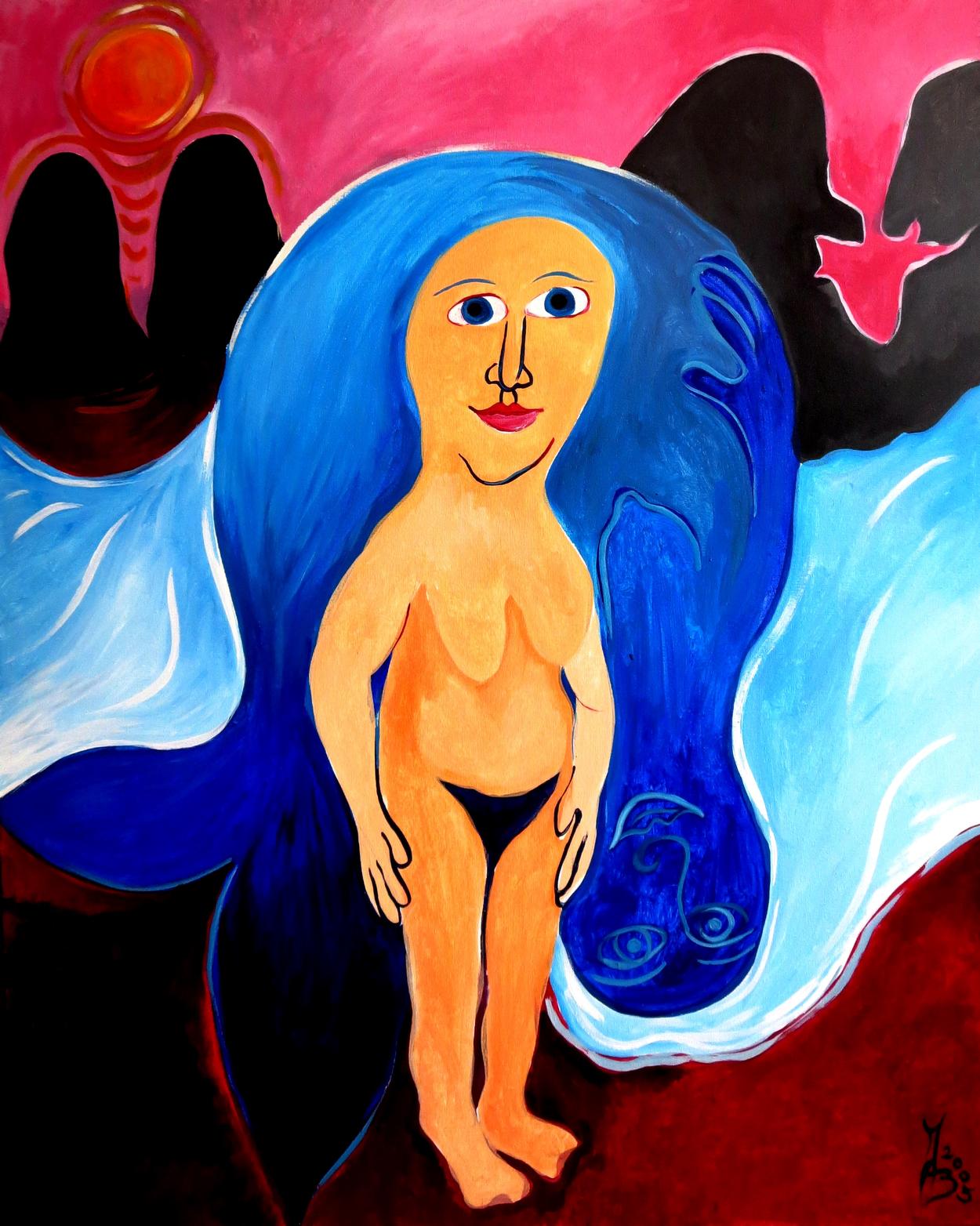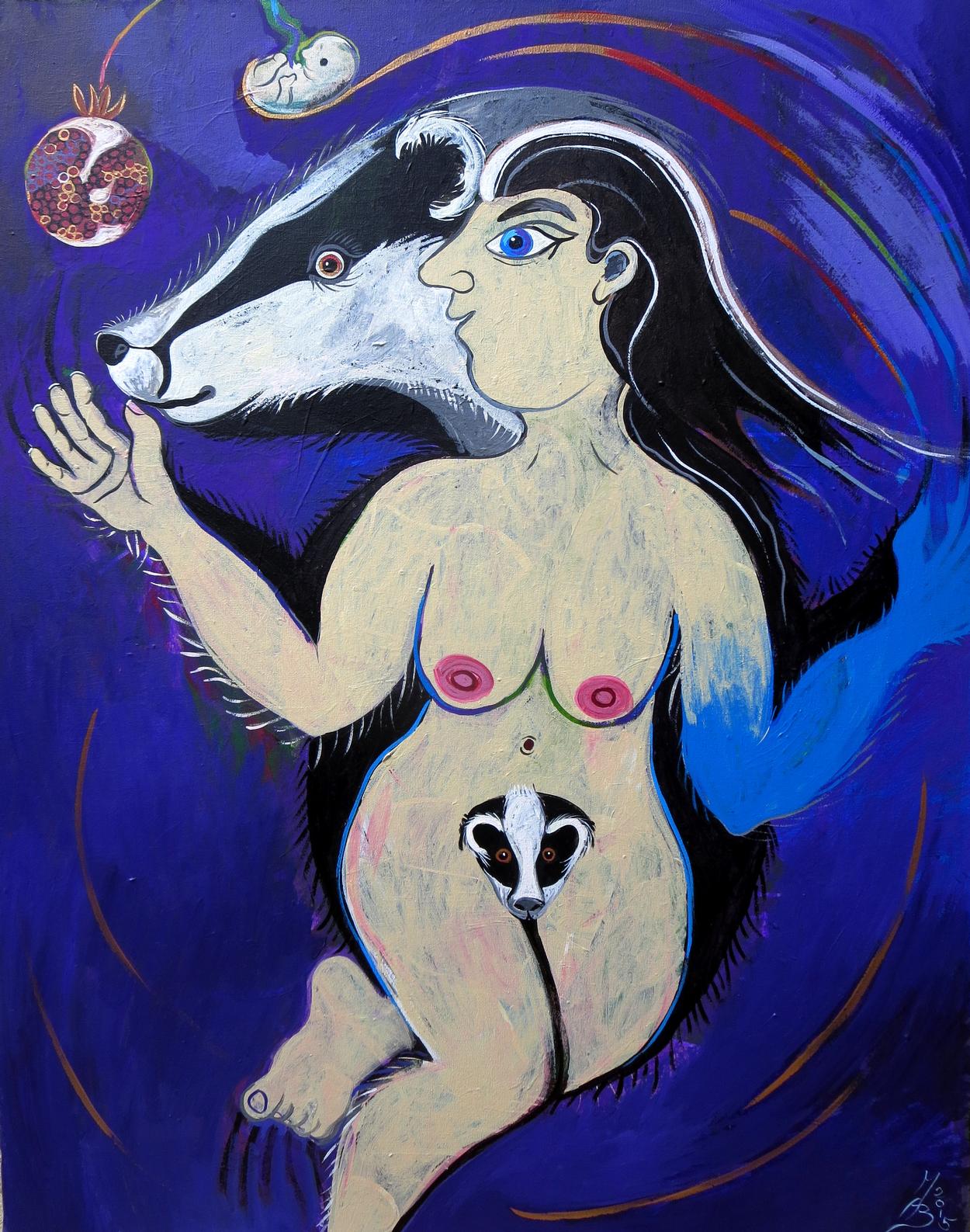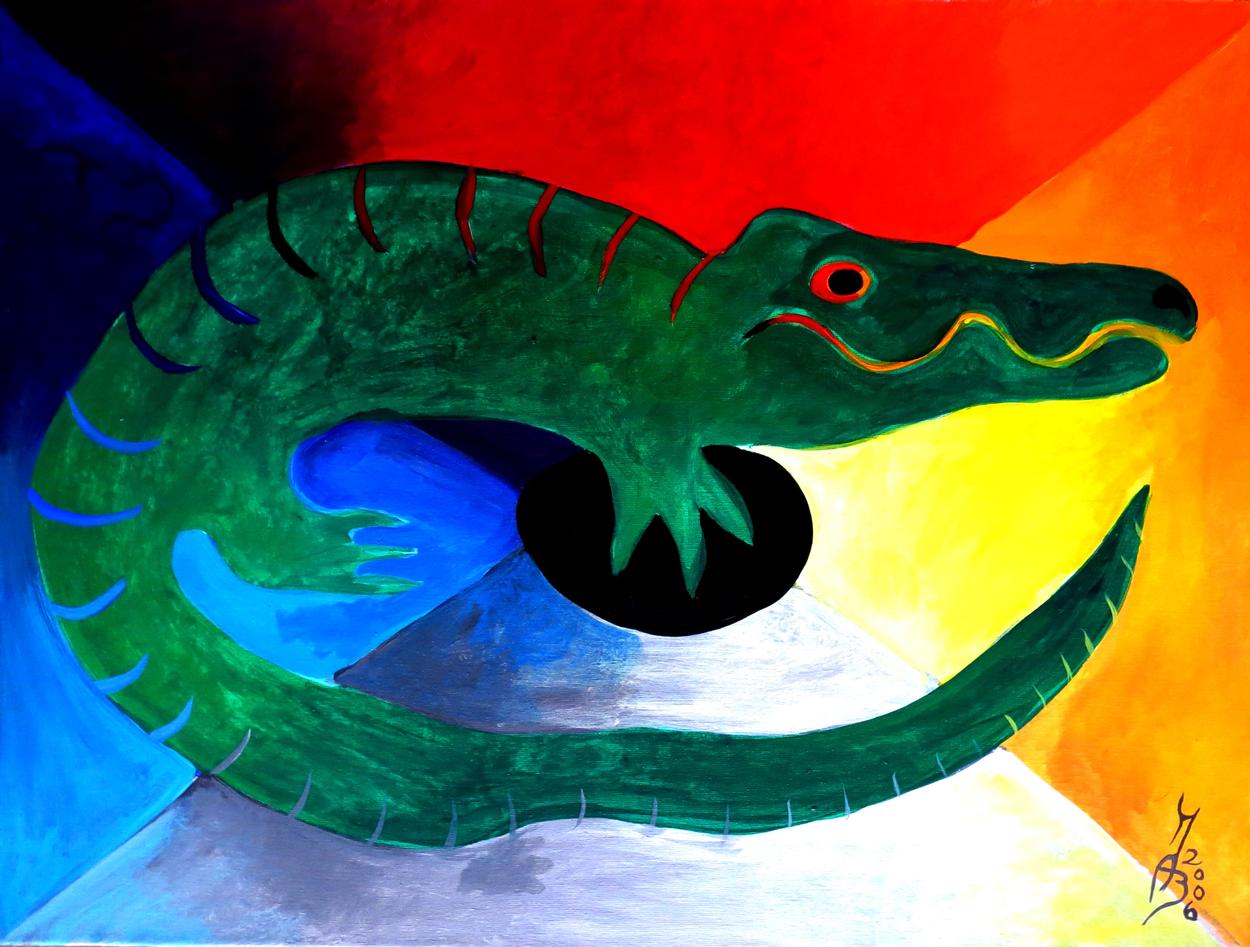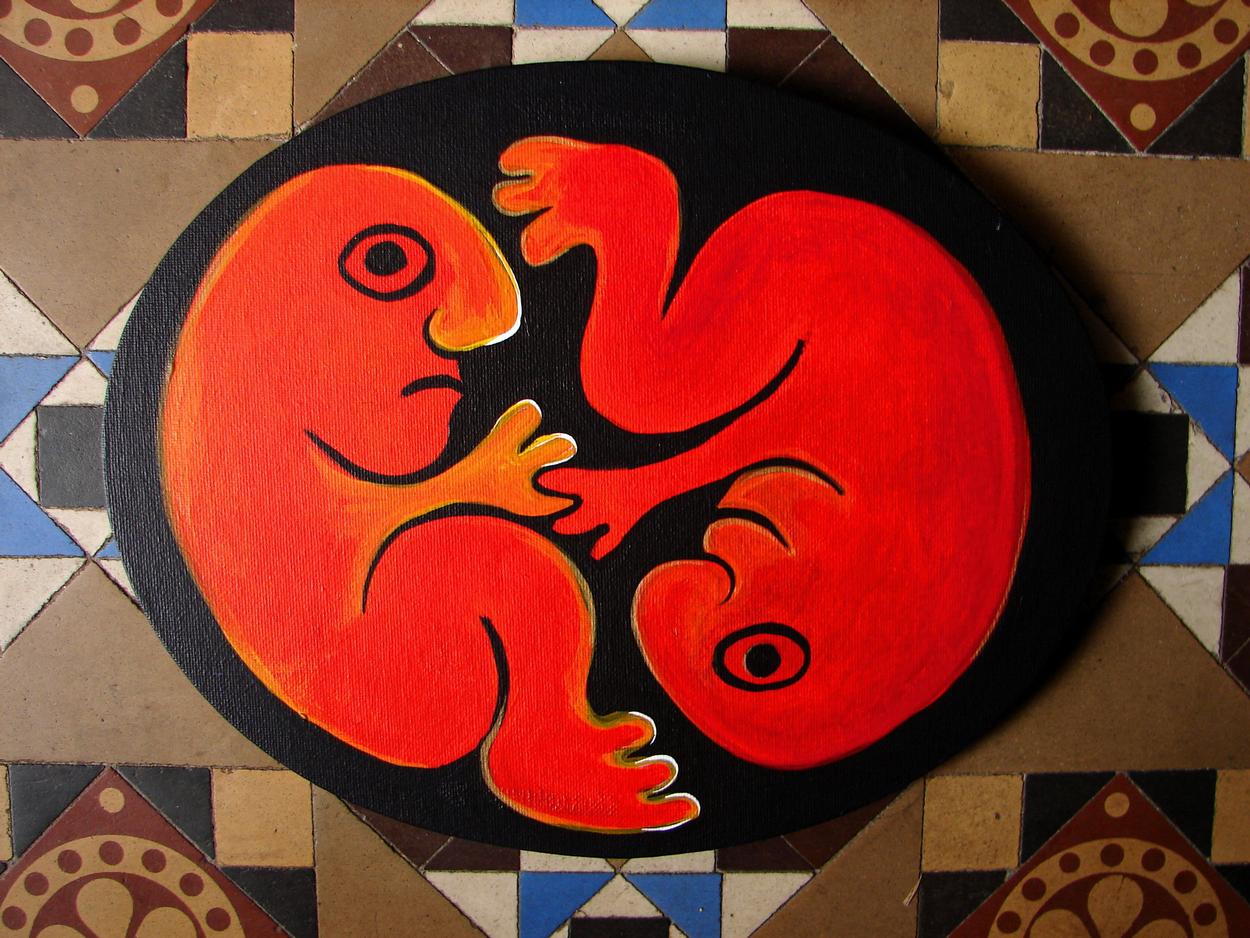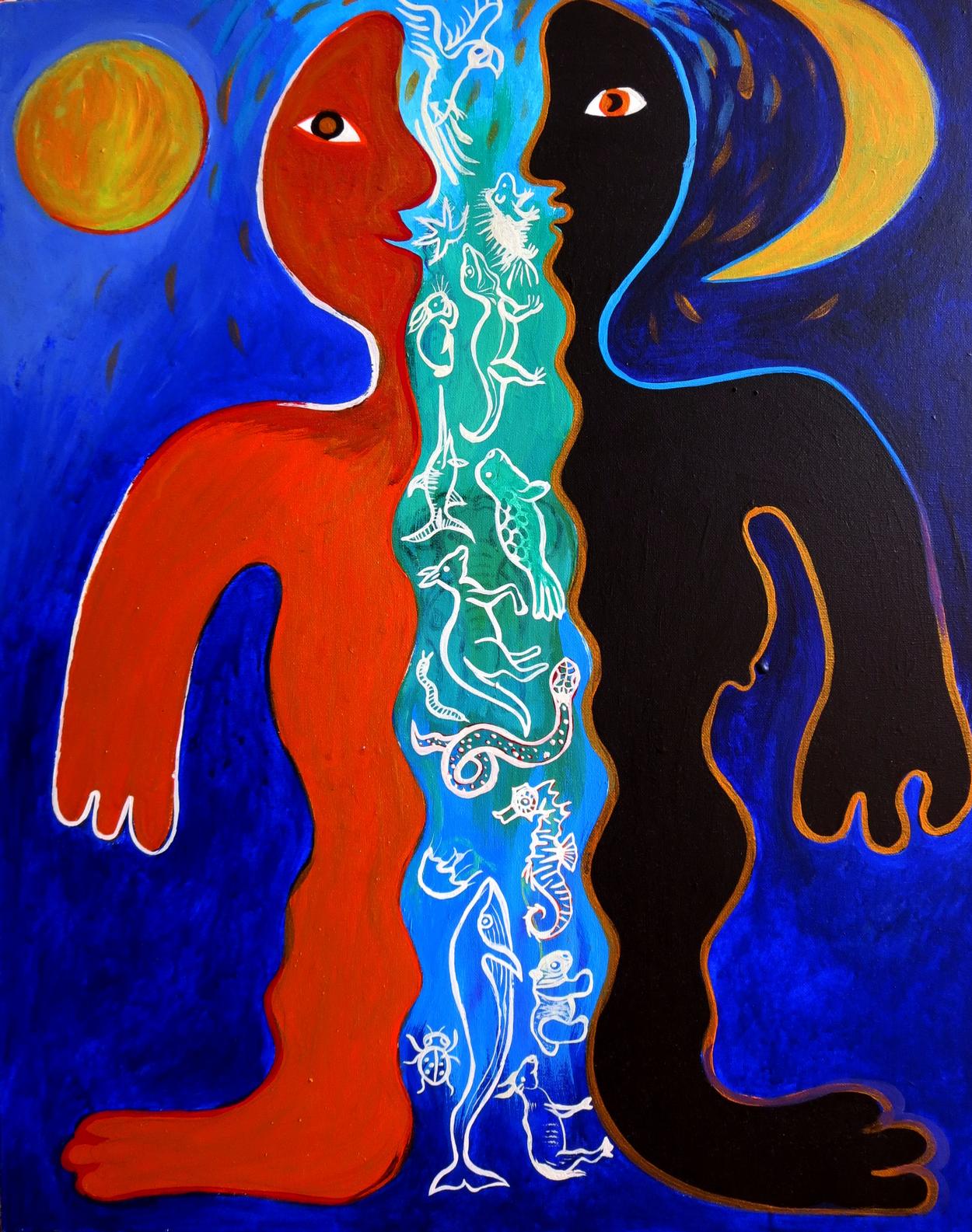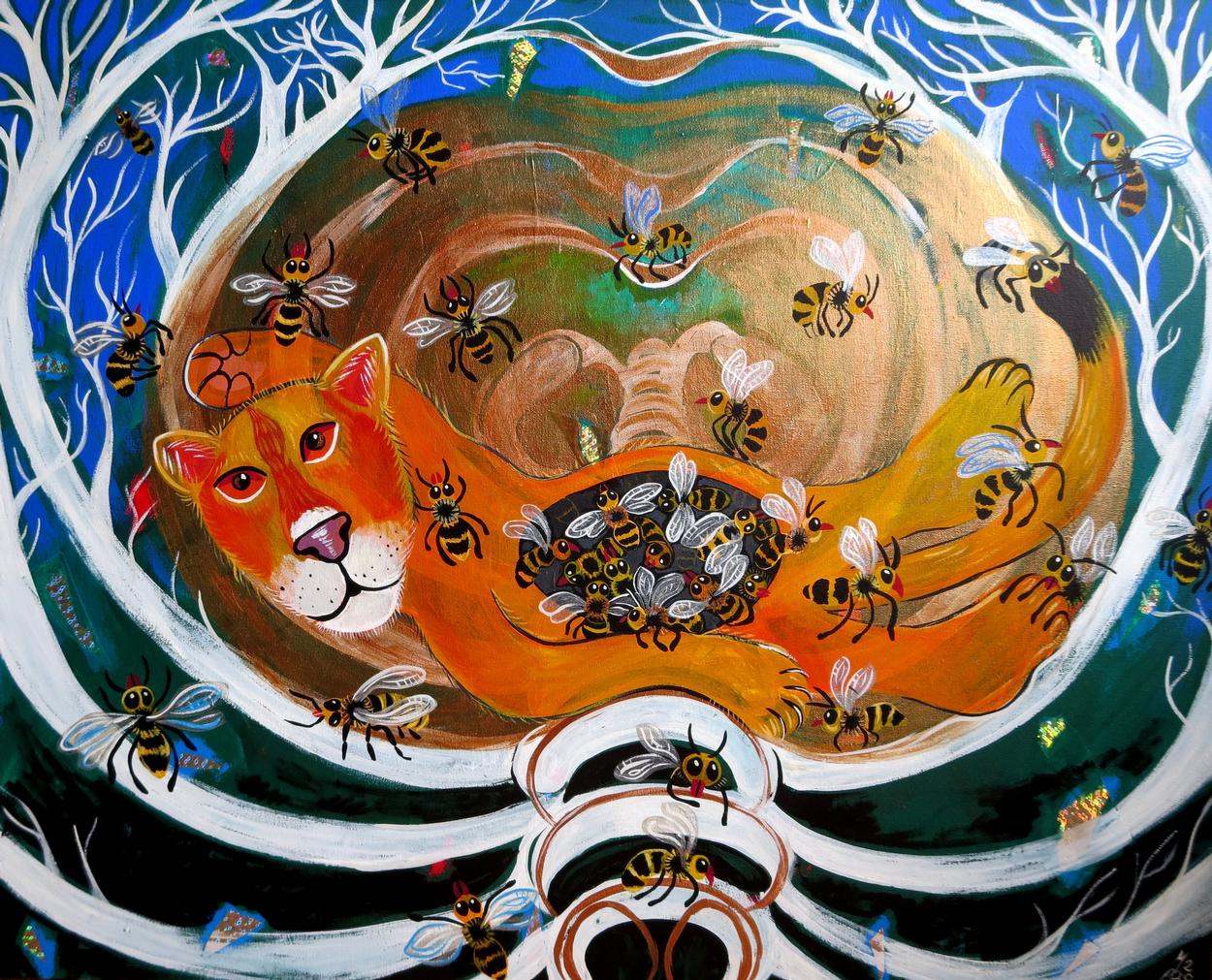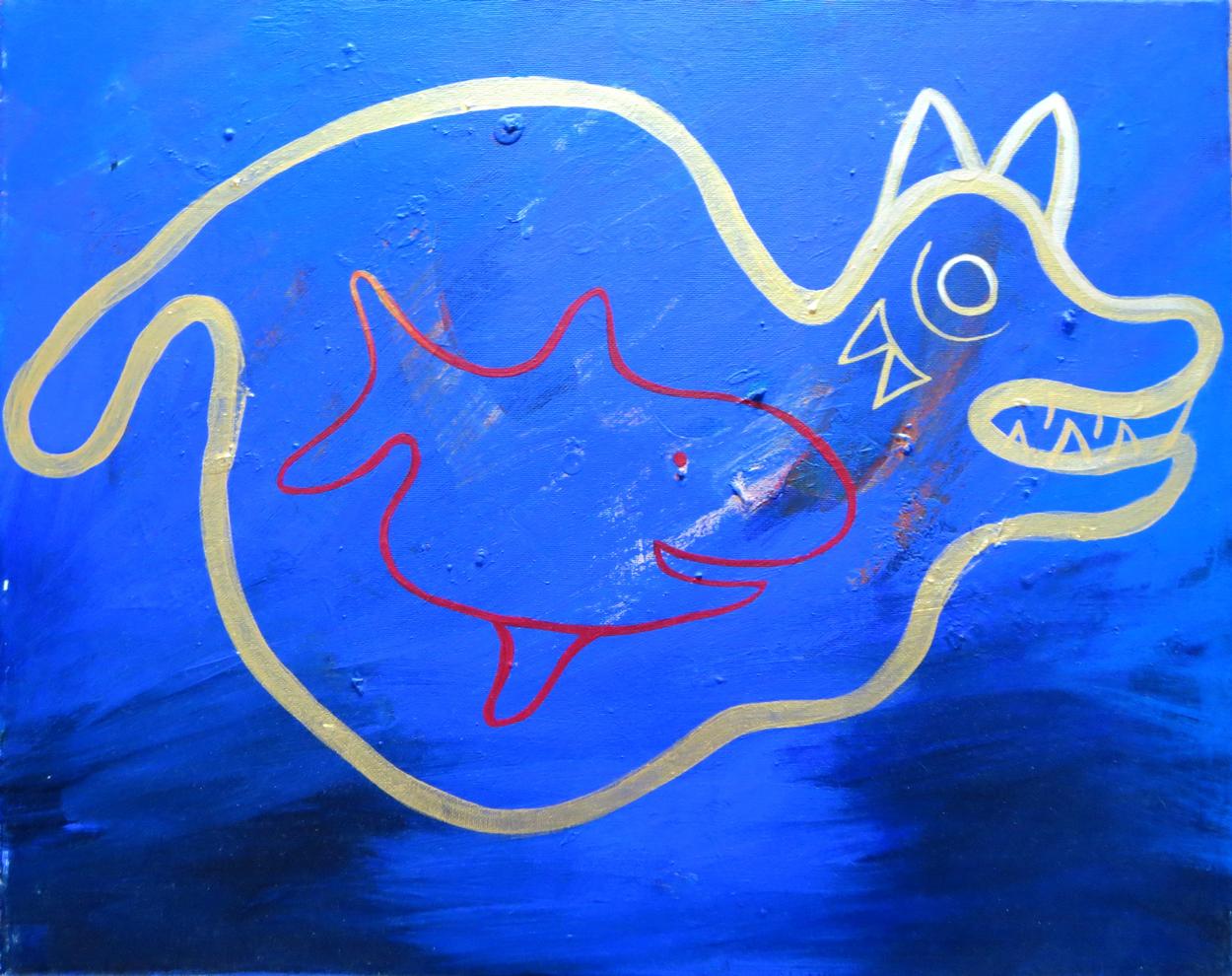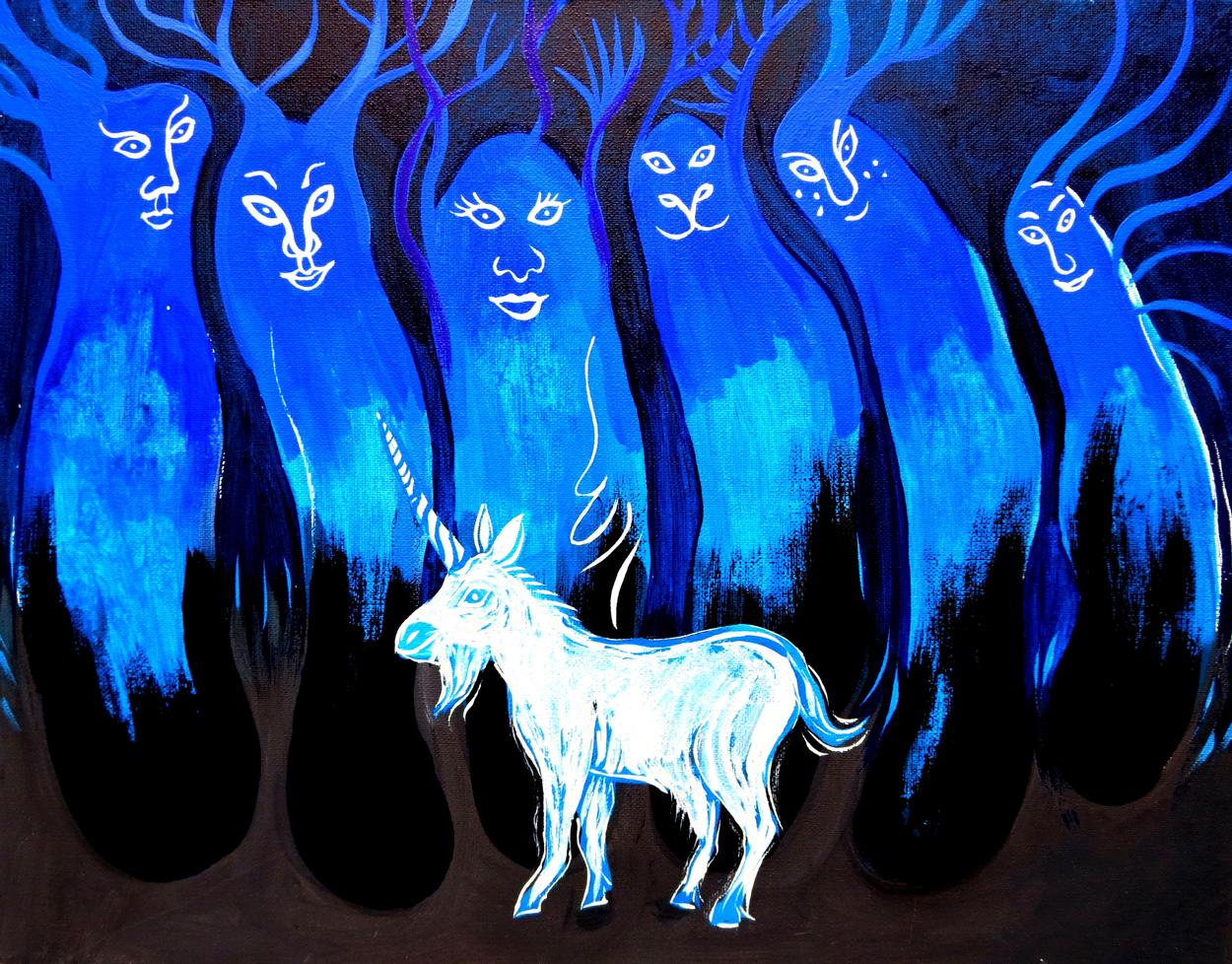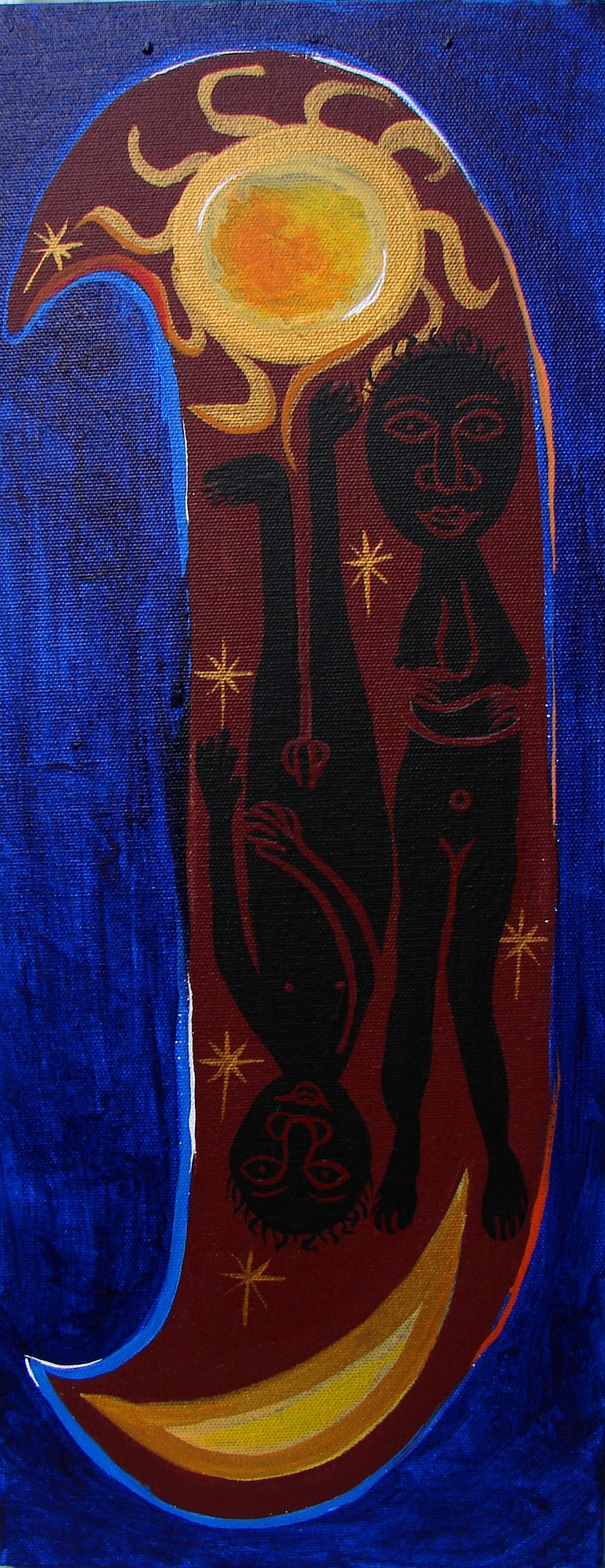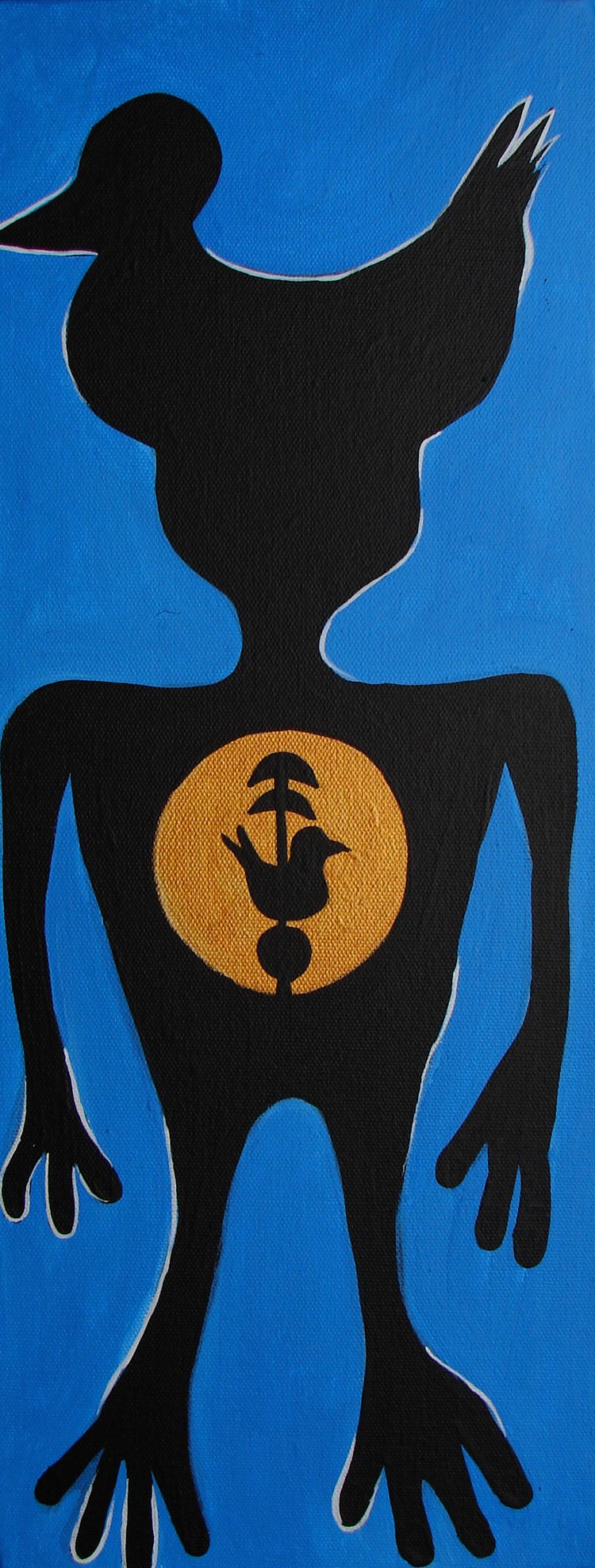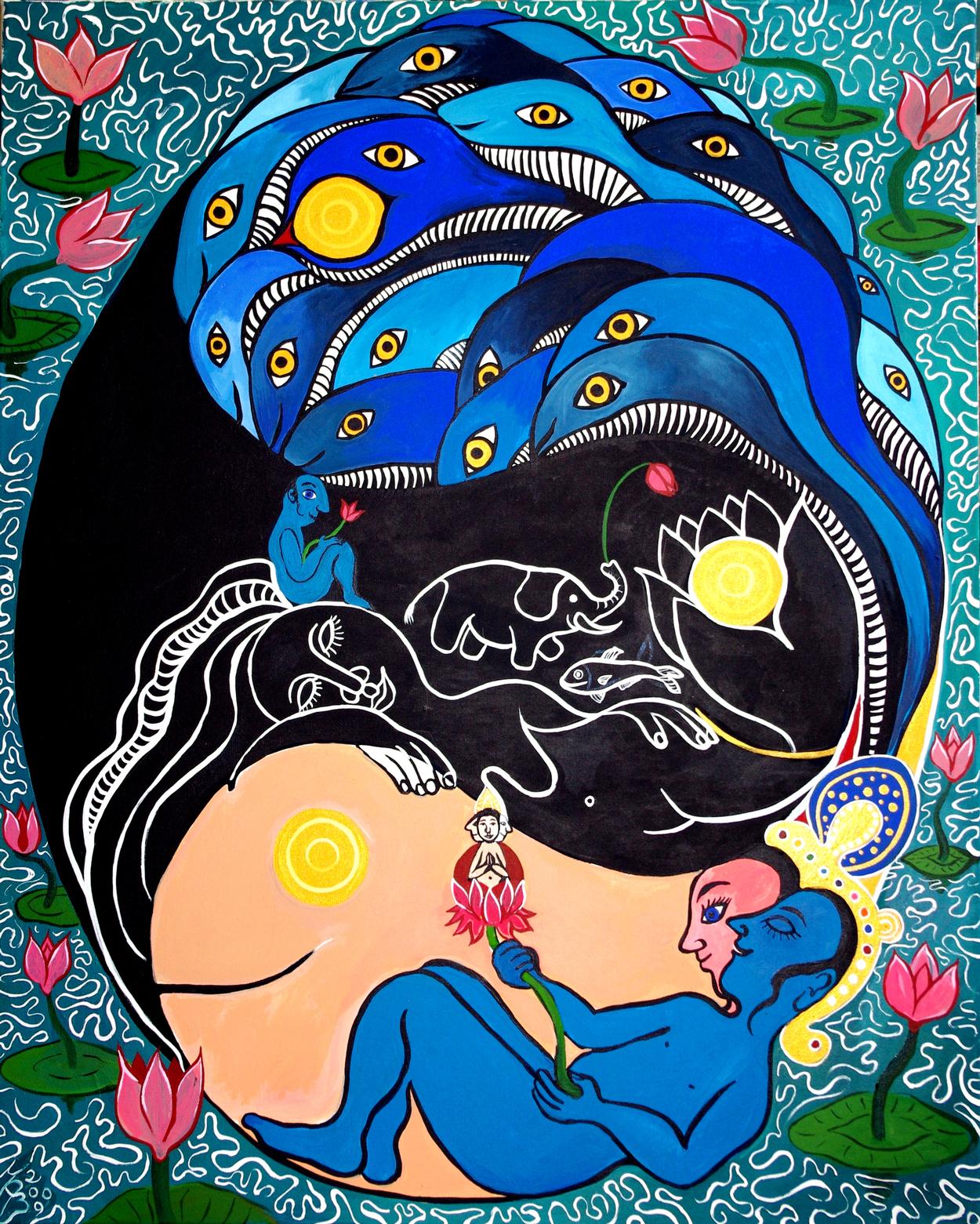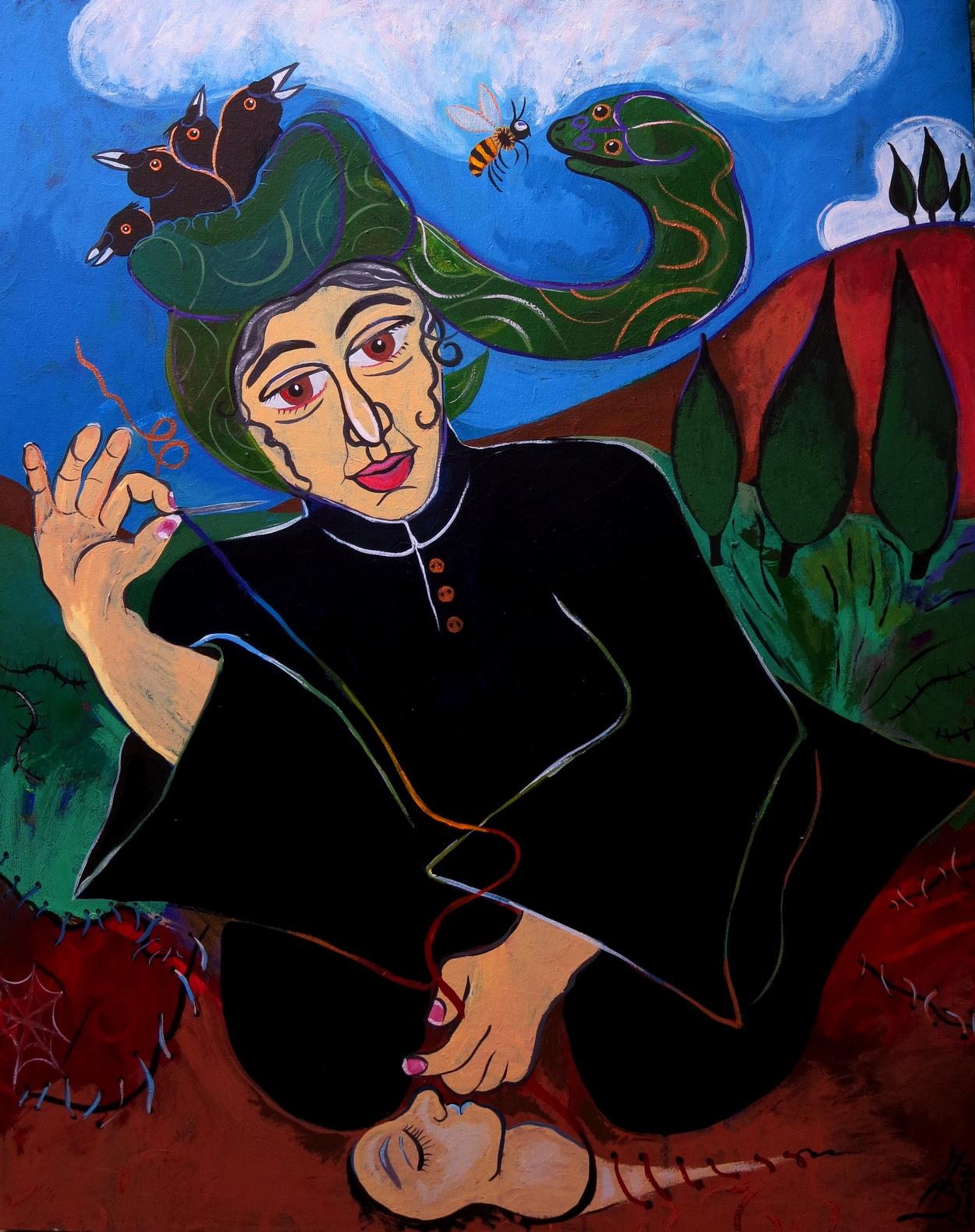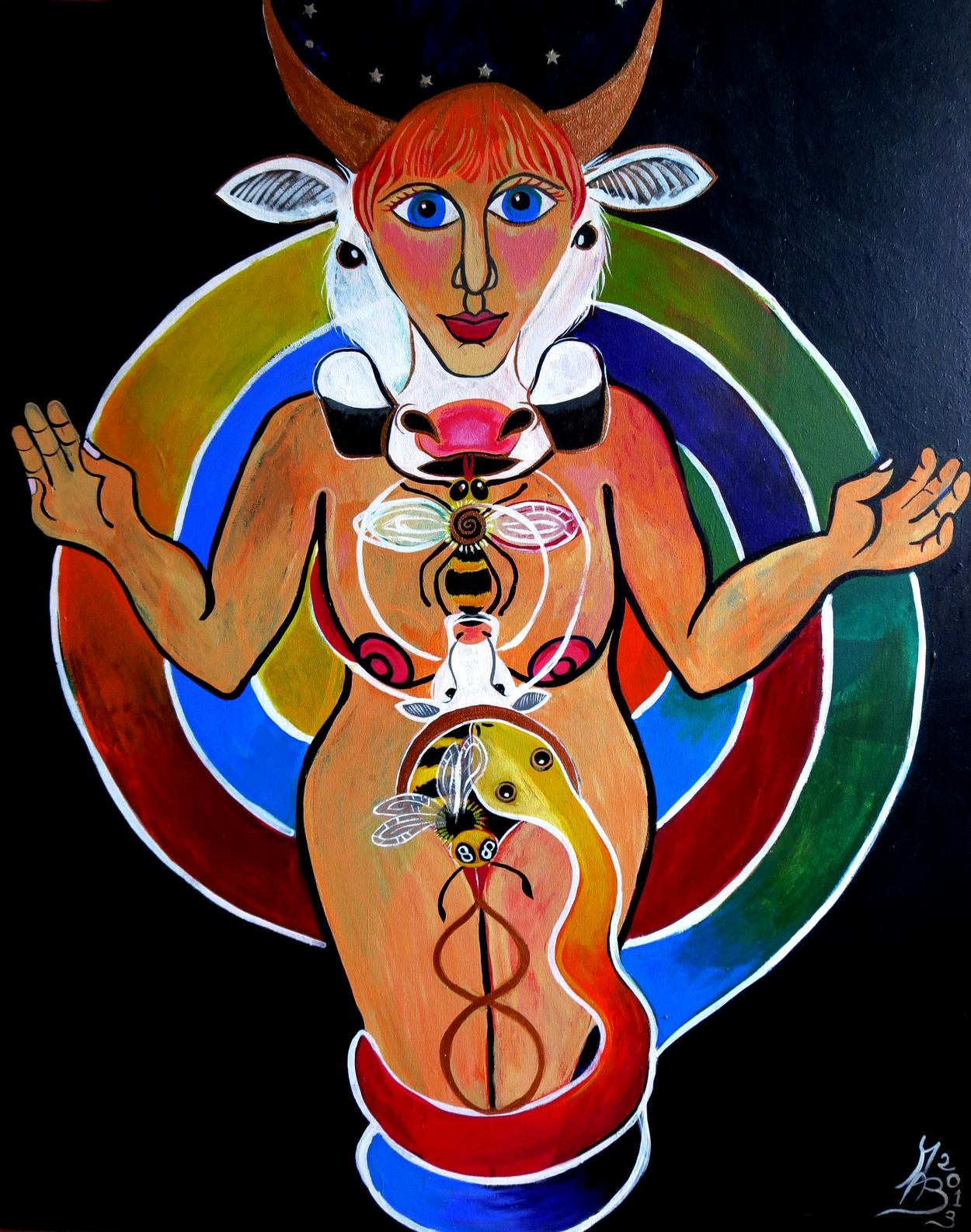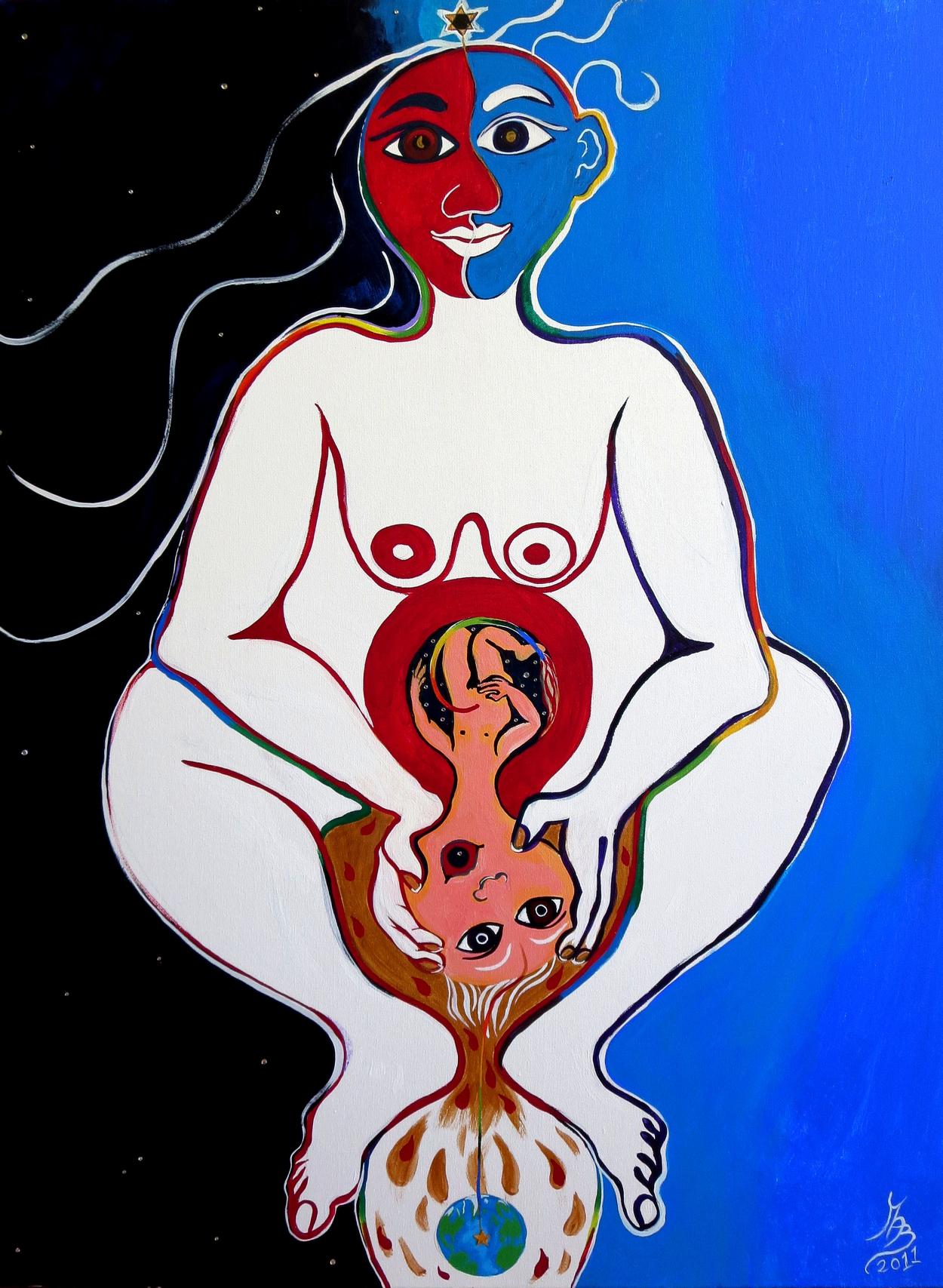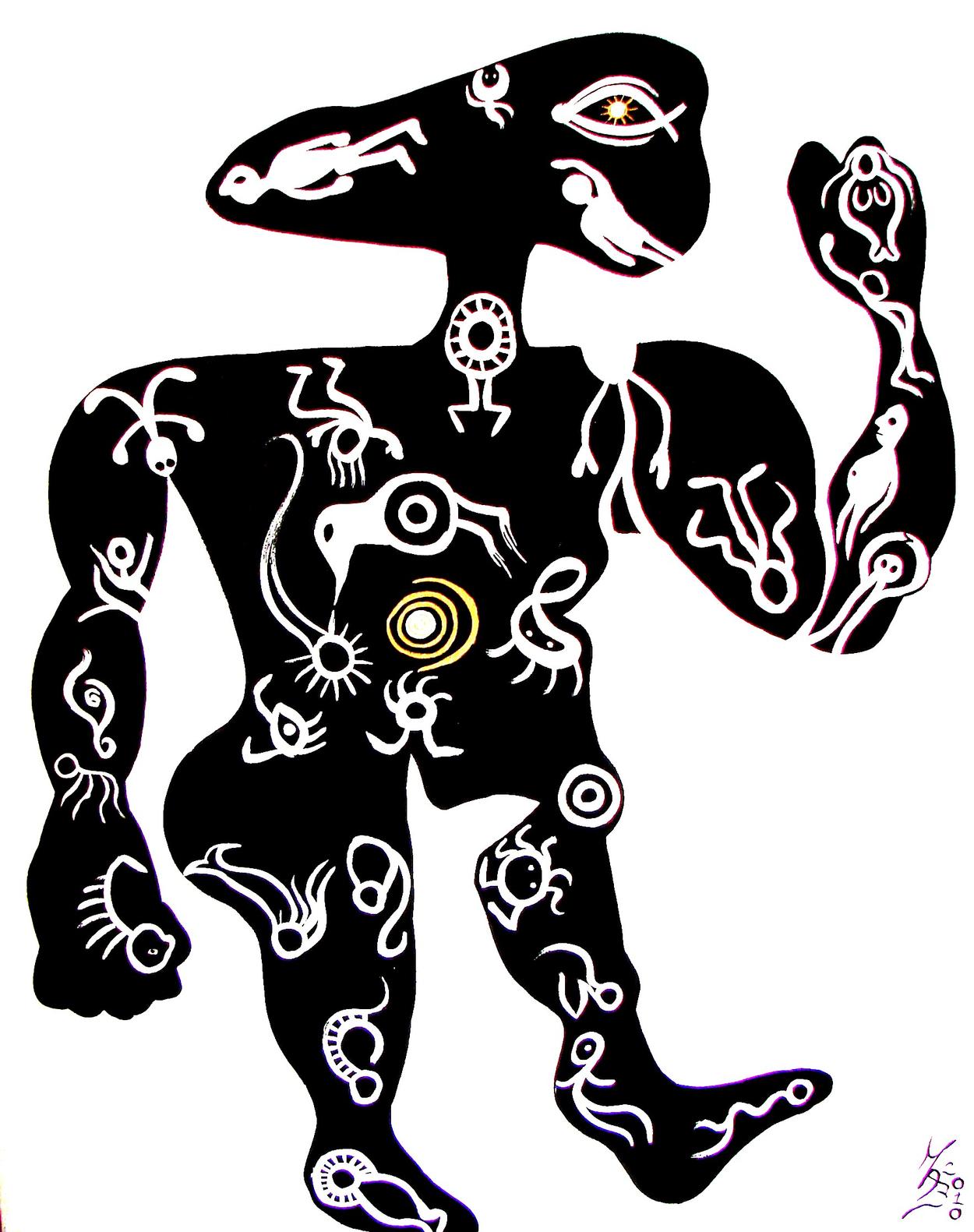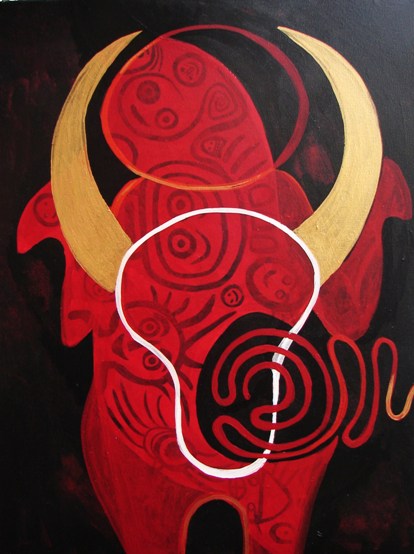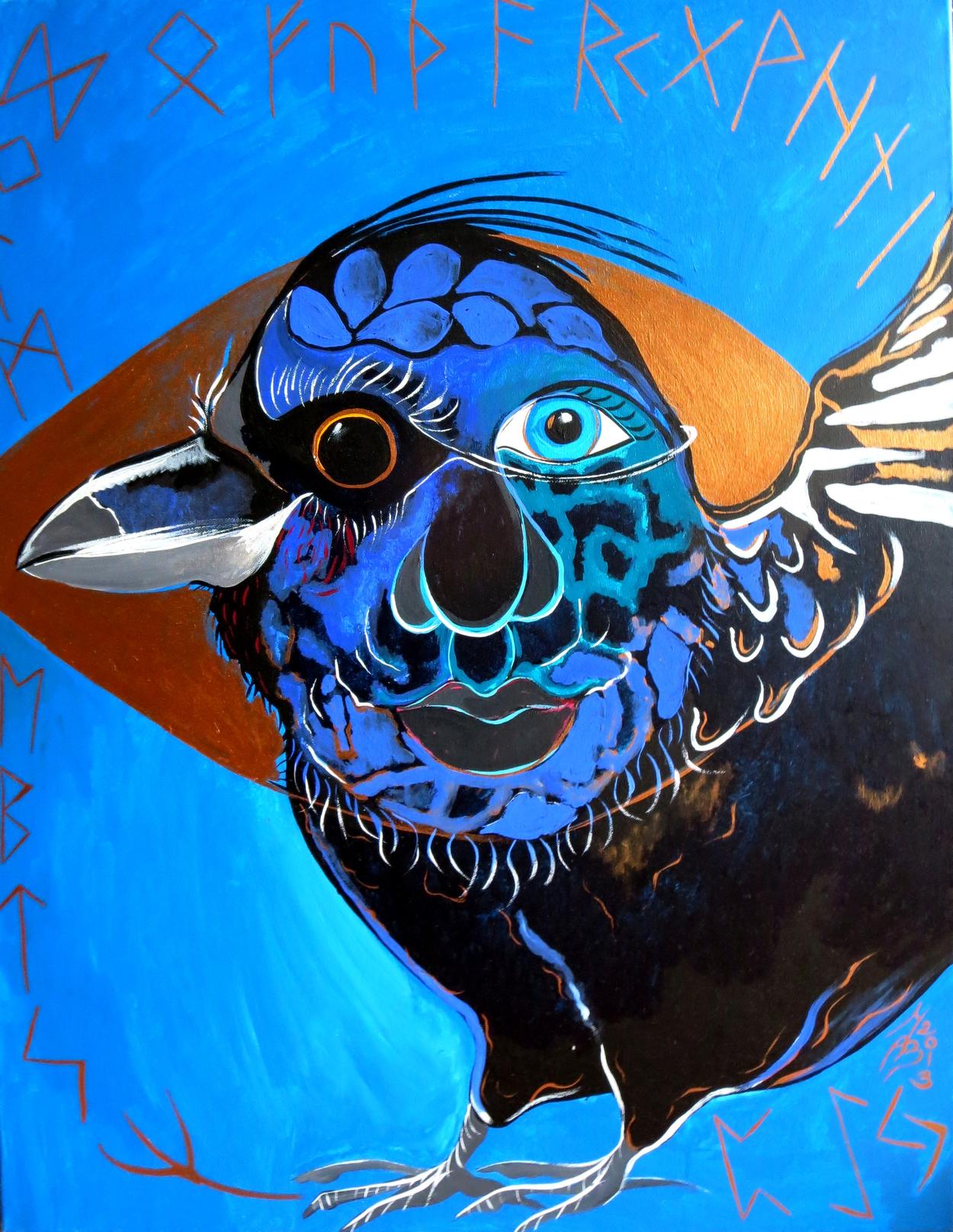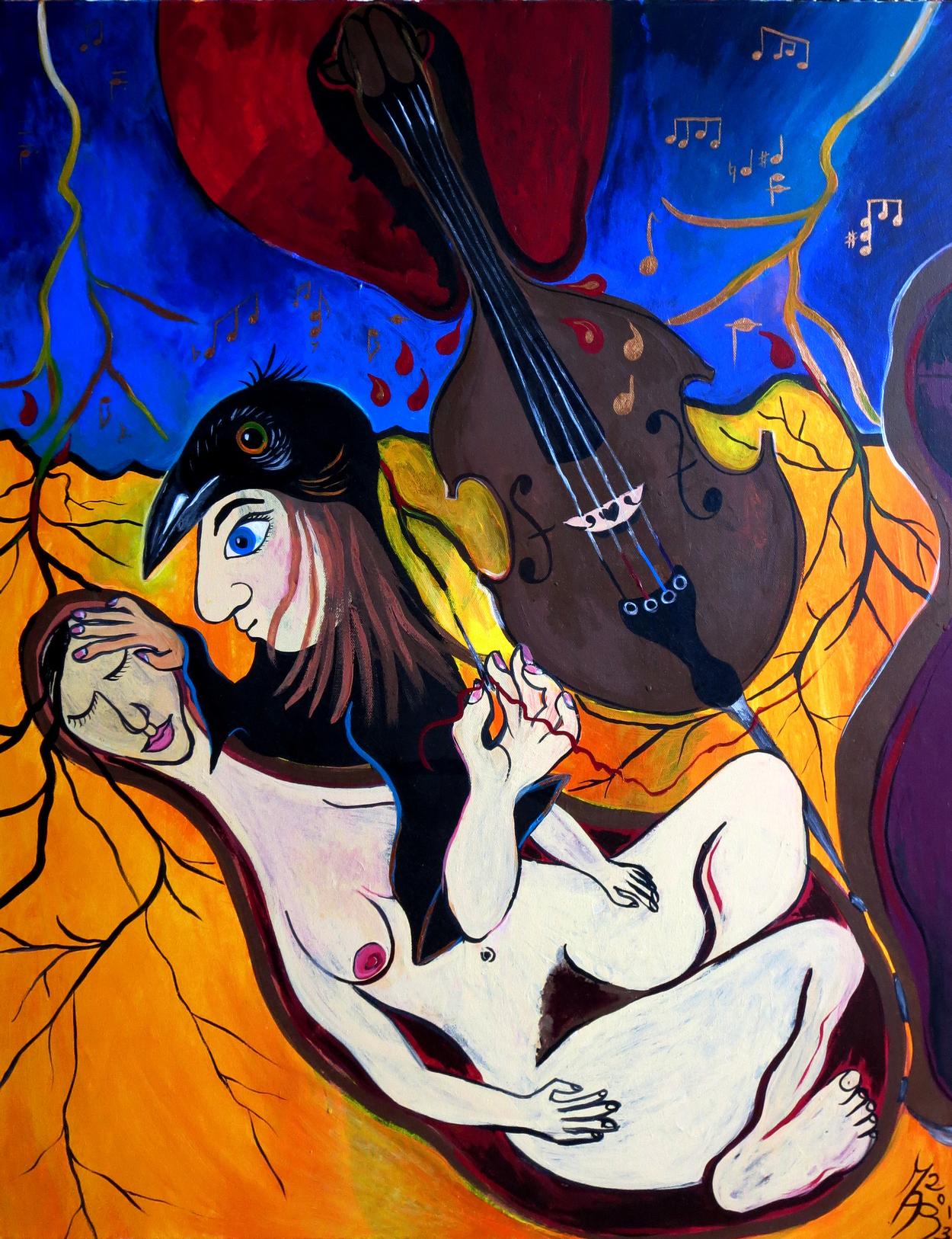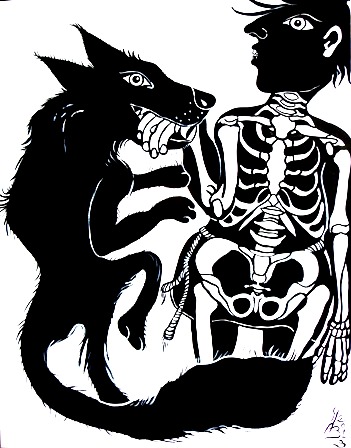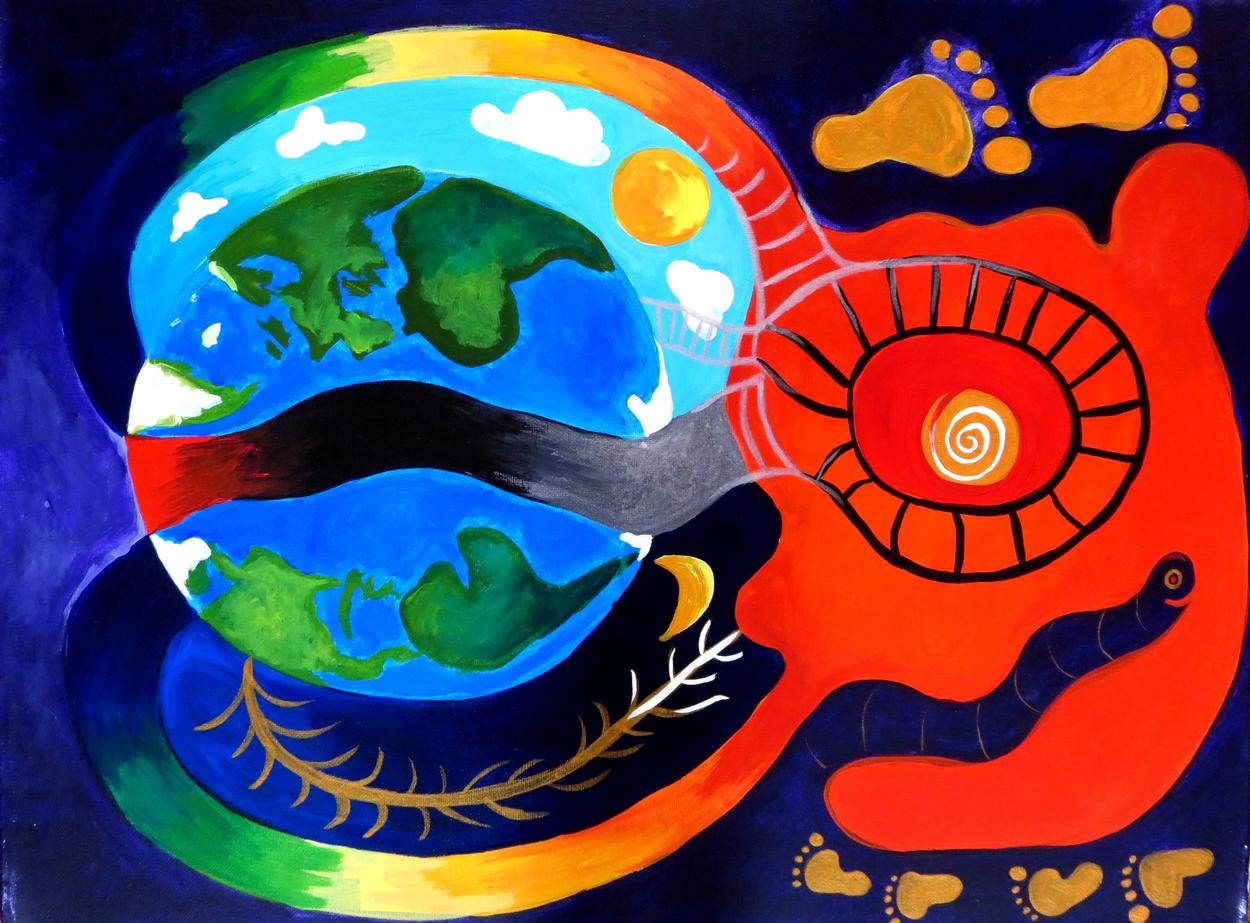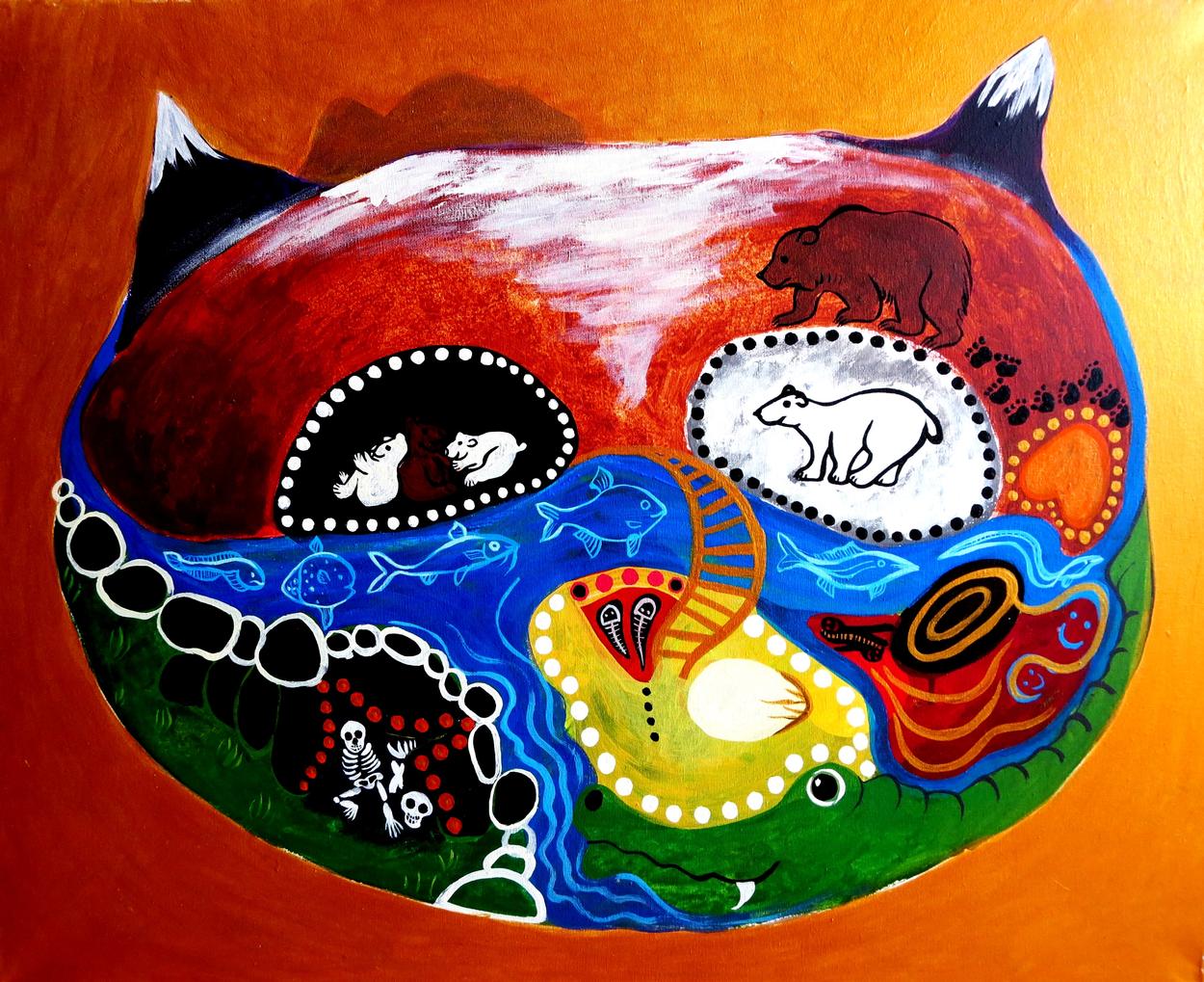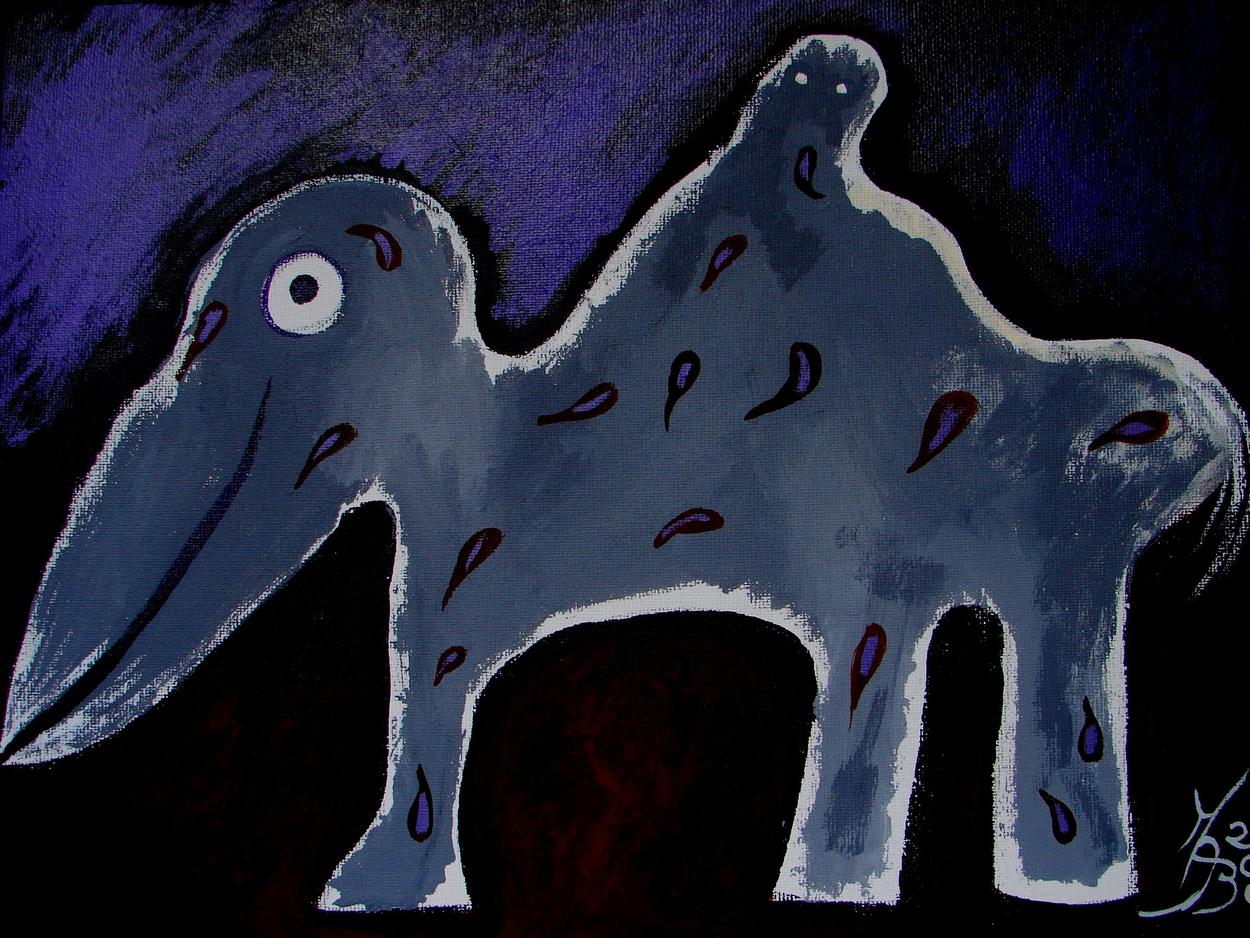My relationship to myths and mythology has changed dramatically since I started teaching courses in Making Sacred Art in 2011.
I have always loved myths and I actively collect myths and stories from all over the world. Before I travel anywhere I read up on local mythology to learn about the deep history, local gods and goddesses and spirits of a place. I also visit them in journeys and meditations.
However, where once upon a time my position was akin to "looking at something through a glass window without being able to enter", teaching sacred blew all doors wide open!
Essentially discovered that places and beings described in myths, however ancient or obscure and from whatever location in the world, await us on the other side of the Veil. We can visit and consult them any time using shamanic techniques. In doing so our lives become profoundly enriched and our understanding of the workings of the Universe expands exponentially.
